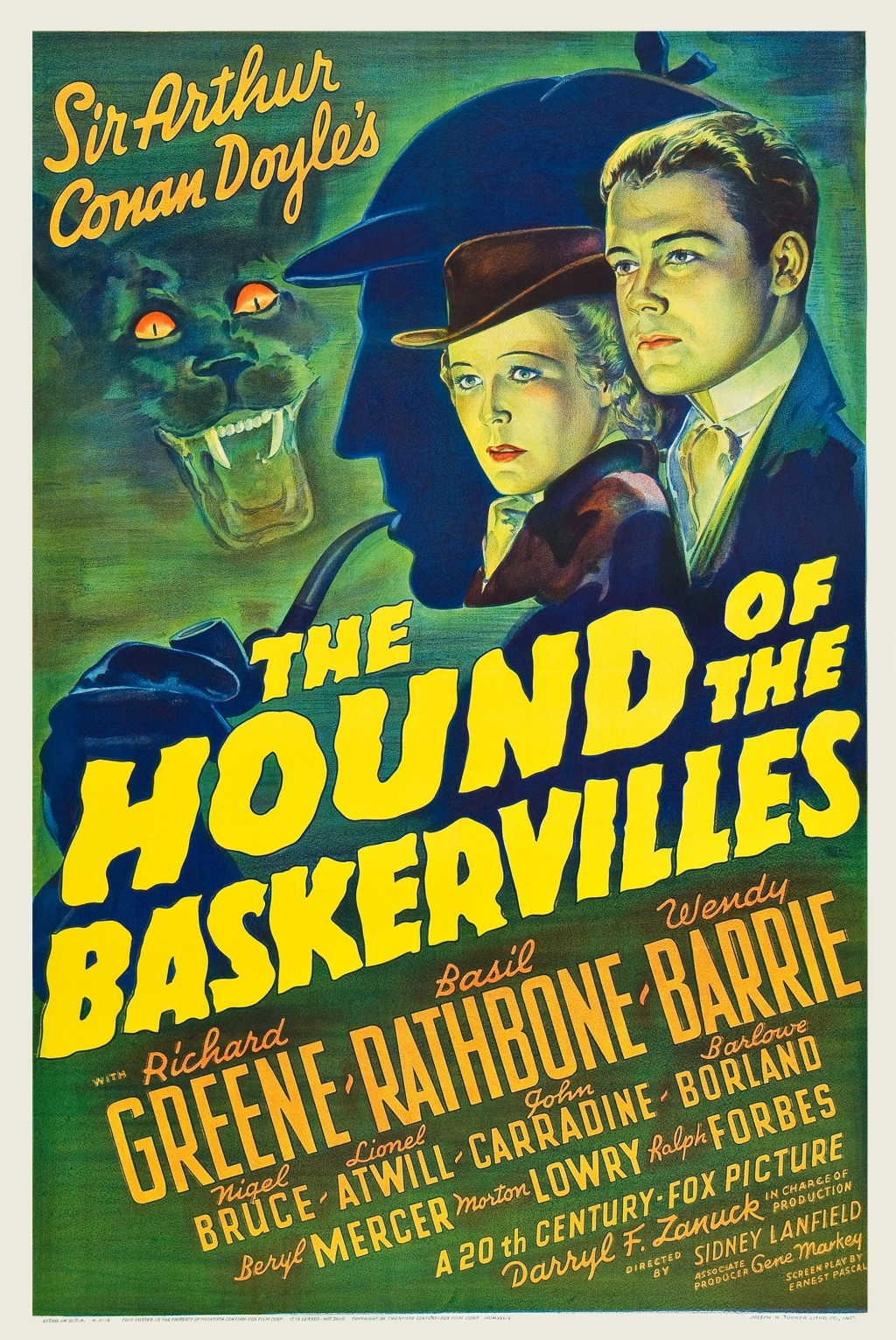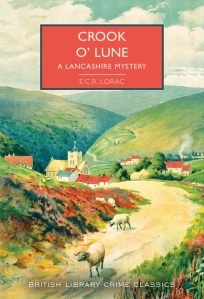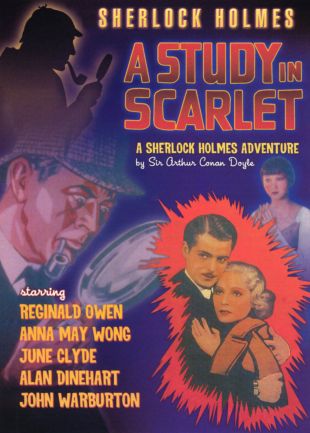
Originally Published 1979
Brother Cadfael #2
Preceded by A Morbid Taste for Bones
Followed by Monk’s Hood
In the summer of 1138, war between King Stephen and the Empress Maud takes Brother Cadfael from the quiet world of his garden into a battlefield of passions, deceptions, and death. Not far from the safety of the abbey walls, Shrewsbury Castle falls, leaving its ninety-four defenders loyal to the empress to hang as traitors. With a heavy heart, Brother Cadfael agrees to bury the dead, only to make a grisly discovery: one extra victim that has been strangled, not hanged.
This ingenious way to dispose of a corpse tells Brother Cadfael that the killer is both clever and ruthless. But one death among so many seems unimportant to all but the good Benedictine. He vows to find the truth behind disparate clues: a girl in boy’s clothing, a missing treasure, and a single broken flower . . . the tiny bit of evidence that Cadfael believes can expose a murderer’s black heart.
It has been over a year since I shared my thoughts on the first of the Brother Cadfael series, A Morbid Taste for Bones. For those who are completely new to the series it is worth giving a little background about the setting and character. Brother Cadfael is a Benedictine monk who lives at the Abbey of St. Peter and St. Paul in Shrewsbury where he tends herbs in the abbey gardens. He had been a soldier and a sailor in the Crusades, giving him considerable experience of human nature which he is able to use in solving crimes.
While the series employs some elements of the detective story, the novels usually incorporate considerable adventure and romance subplots. This story is a good case in point as while Cadfael does work to identify and explain a murder, large parts of the tale are not ‘fair play’ or are quite simplistic (for instance, the deduction that if they have a missing part of an object that was dislodged during a murder then the killer may have the remainder of it).
There was a time when this series would occupy as much space on bookstore shelves as the Agatha Christie novels but in recent years the character and series seem to have diminished in popularity. They remain hugely influential however and while the stories may not be to everyone’s tastes, I do think they paved the way for subsequent historical mysteries by proving that there could be a market for them.
One Corpse Too Many is set during the early years of the civil war that took place when King Stephen and Empress Maud vied for the English throne, a fascinating period of history. The reader is given the background information needed to understand the conflict in the text but the key point is that Stephen has taken Shrewsbury Castle and put its ninety-four defenders to death. Cadfael is sent from the abbey to prepare the bodies for proper burial but as he counts he notices that there are ninety-five bodies.
Attempts are made to persuade Cadfael that this is the result of a simple miscounting but he insists that there is an extra body, pointing out differences in the manner of death. This raises the question of who the body belongs to and why they were murdered.
I should acknowledge that this is another case where the reader has little opportunity to play armchair detective. If you are primarily in this for the puzzles you may feel shortchanged, though I am rather fond of stories that feature unidentified corpses!
For me, this opening situation is the most intriguing part of the story and I think the idea of hiding a corpse amongst other bodies is clever enough to feel novel and plausible while also seeming like the sort of crime that someone sufficiently diligent might be able to detect. I enjoyed following Cadfael’s efforts as he works to identify that body, all of which seem quite sensible and credible and I thought that the answer given was interesting, sending the narrative in a new direction.
Things tick along fairly well, if not particularly dramatically, until we get to the point at which our hero is ready to make their accusation. It is, of course, hard to describe the problem without spoiling developments in the story but it lies in the way that the crime will be proved. Those reading the novel as an adventure or for the historical setting will likely enjoy what follows and I suppose there is an argument to be made that the proof and reasoning are known to the detective but I felt that it was unsatisfying as a resolution and felt that it dragged on a little too long.
There is another issue with the book that has arisen when the reader comes to it with a knowledge of later titles – namely that much of the book is spent considering whether a character that will be a series regular is the guilty party. I don’t think that it is fair to criticise an author for this, particularly because I think that the choice to bring that character back was a good one, but it does mean that a key piece of misdirection that makes up a considerable part of the novel simply will not work as well as was intended for some readers.
In addition to the central mystery the book has several interesting side plots and characters, adding further interest to the setting and situation. The most entertaining of these for me concerns a youth who has just been admitted to the abbey as a lay servant with a year’s endowment and is sent to assist Cadfael with his work in the fields. I enjoyed getting to know this character and I liked the way it allows Cadfael to show more of his caring, protective side, revealing another aspect of his personality.
Cadfael also benefits from having a second investigator to bounce his ideas off, allowing more of his thoughts to be revealed through dialogue and action rather than in the narration. This also allows us to see him in a slightly different context, working alongside someone who appreciates his intelligence and with whom he can share his thoughts. There is a pleasing contrast between the two characters who share some traits in common but also have some significant differences and I think the interplay between those two characters is one of the most successful parts of the second half of the novel.
I feel that this second Cadfael adventure does a good job of building on the successes of the first while adding in a few new elements. As much as I enjoyed the politics of the cloister, it was good to get a story grounded in real (and very interesting) historical events and a chance to explore more aspects of Cadfael’s character. Admittedly the mystery elements are weak and undermined for those who may have read later stories in the series but in spite of that I found it to be an entertaining read with an interesting premise.




Leave a comment